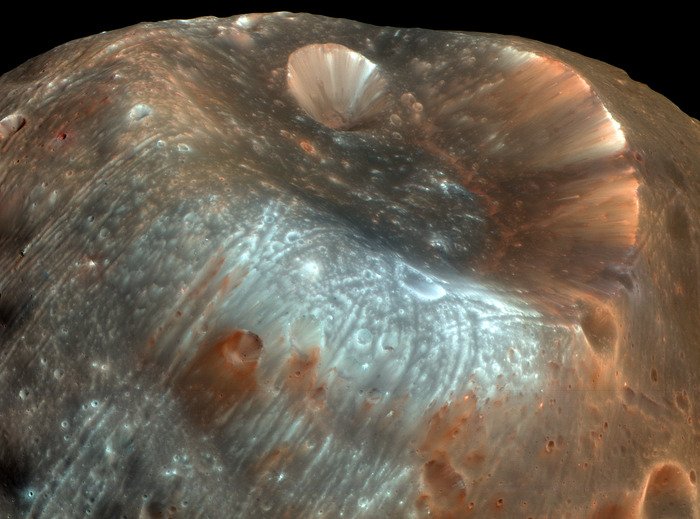PROVIDENCE, R.I., Nov. 11 (UPI) -- A sample-return mission planned by Russia to Mars' moon Phobos could sample two celestial bodies for the price of one, a U.S. study suggests.
A study by Brown University confirms a suggestion that the surface of Phobos contains tons of dust, soil and rock blown off Mars' surface by large projectile impacts, and collected by the moon as its orbital path passed through occasional plumes of martian debris.















